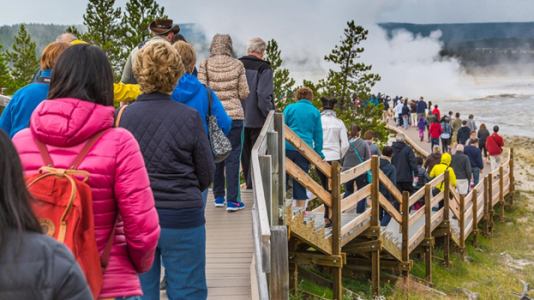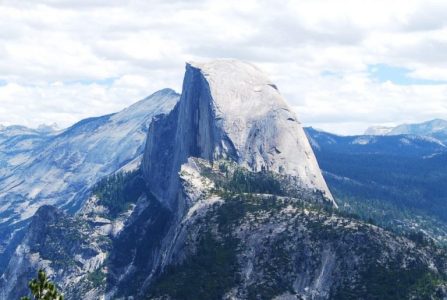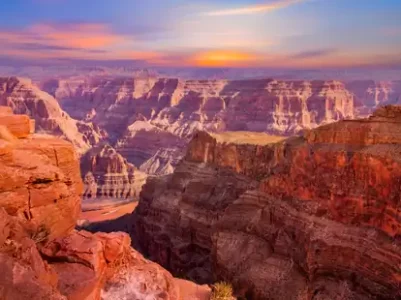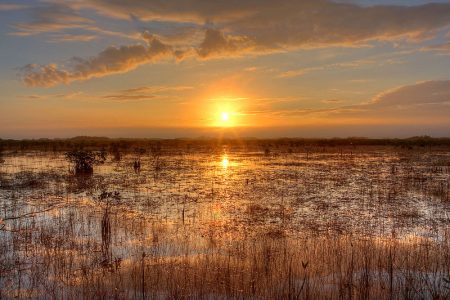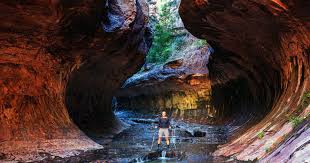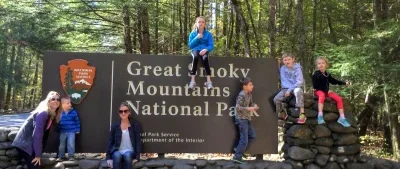Why Explore US National Parks?
The United States is home to an incredible array of national parks, each offering diverse landscapes, ecosystems, and experiences to suit any traveler. From the iconic granite cliffs of Yosemite to the peaceful wetlands of the Everglades, these parks serve as a refuge for nature lovers and a thrilling getaway for adventurers. More than just scenic destinations, national parks act as living archives, preserving the cultural, historical, and ecological treasures of their regions. Visitors can admire landmark attractions, observe wildlife in its natural habitat, and engage in activities like hiking, camping, fishing, or kayaking. Whether you seek a serene retreat, a family adventure, or a challenging outdoor pursuit, national parks cater to all interests. Beyond recreation, they are vital to conservation efforts, helping to protect these wonders for future generations. Visiting them not only deepens your connection to nature but also supports sustainable tourism and heritage preservation.
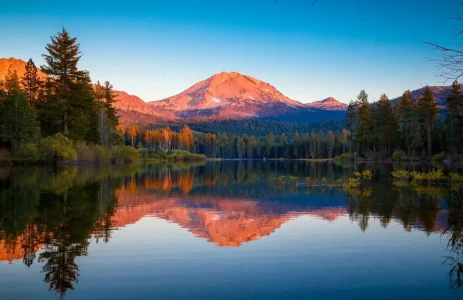
Tips for Planning Your National Park Visit
Planning a trip to a national park requires careful preparation to ensure a rewarding experience. Start by choosing parks that align with your interests, whether you're drawn to scenic hikes, wildlife spotting, or breathtaking drives. Research the best times to visit, considering that off-peak seasons often provide quieter surroundings and better access to accommodations, as park lodges and campsites can book up quickly during busy times. Familiarize yourself with park-specific rules, as some activities like backcountry camping or certain trail hikes may need advance permits. Proper packing is essential—bring sturdy footwear, weather-appropriate clothing, and plenty of water to stay comfortable and safe. Additional items like maps, sunscreen, and a first aid kit are also recommended. Planning your itinerary in advance while allowing flexibility for spontaneous exploration ensures you’ll make the most of your visit. A well-thought-out plan guarantees unforgettable moments and a deeper appreciation for the natural world.
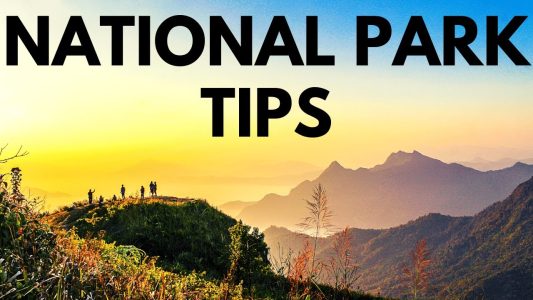
Sustainable Tourism and National Parks
Preserving the beauty and ecosystems of national parks relies heavily on sustainable tourism practices. Visitors can help by following Leave No Trace guidelines, which include packing out waste, minimizing campfire impacts, and respecting natural and cultural resources. Staying on marked trails not only safeguards sensitive habitats but also ensures personal safety. Observing wildlife from a respectful distance and avoiding feeding animals help maintain their natural behaviors. Supporting local economies by purchasing goods and services from nearby communities promotes conservation-friendly initiatives. Visitors can further contribute by volunteering in activities like trail upkeep or habitat restoration and by donating to conservation programs. Sustainable tourism isn’t just about enjoying these incredible landscapes—it’s about playing an active role in their preservation, ensuring that generations to come can continue to marvel at these irreplaceable treasures.
